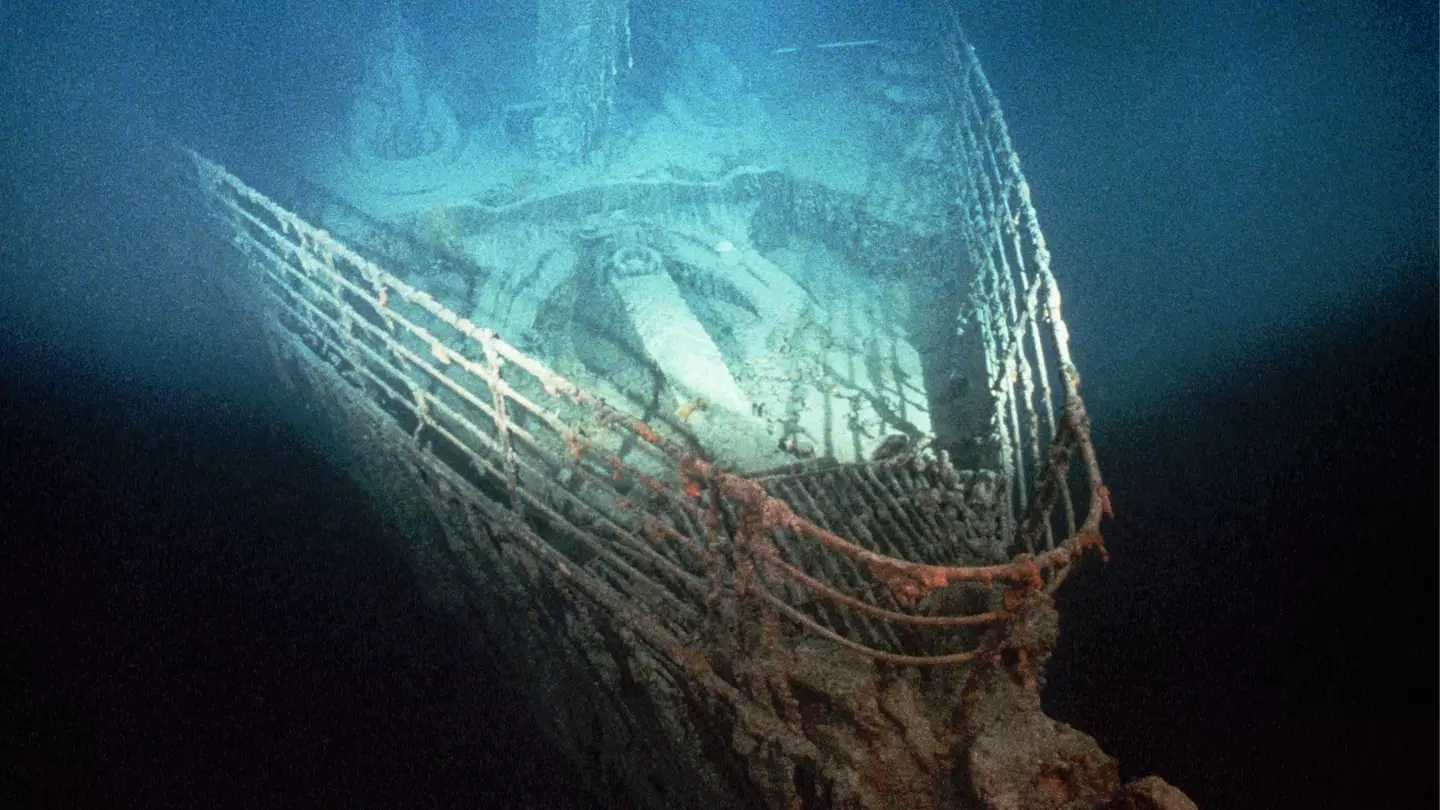
Why there are no bodies at the Titanic wreckage site as sealed engine room theory is explained
Deep sea explorers are convinced bodies could still remain in the wreckage...
Featured Image Credit: Ralph White/Getty Images
Topics: Titanic, James Cameron, History, Film and TV
 Ellie Kemp
Ellie Kemp
Ellie joined UNILAD in 2024, specialising in SEO and trending content. She moved from Reach PLC where she worked as a senior journalist at the UK’s largest regional news title, the Manchester Evening News. She also covered TV and entertainment for national brands including the Mirror, Star and Express. In her spare time, Ellie enjoys watching true crime documentaries and curating the perfect Spotify playlist.
@EllieKempOnline